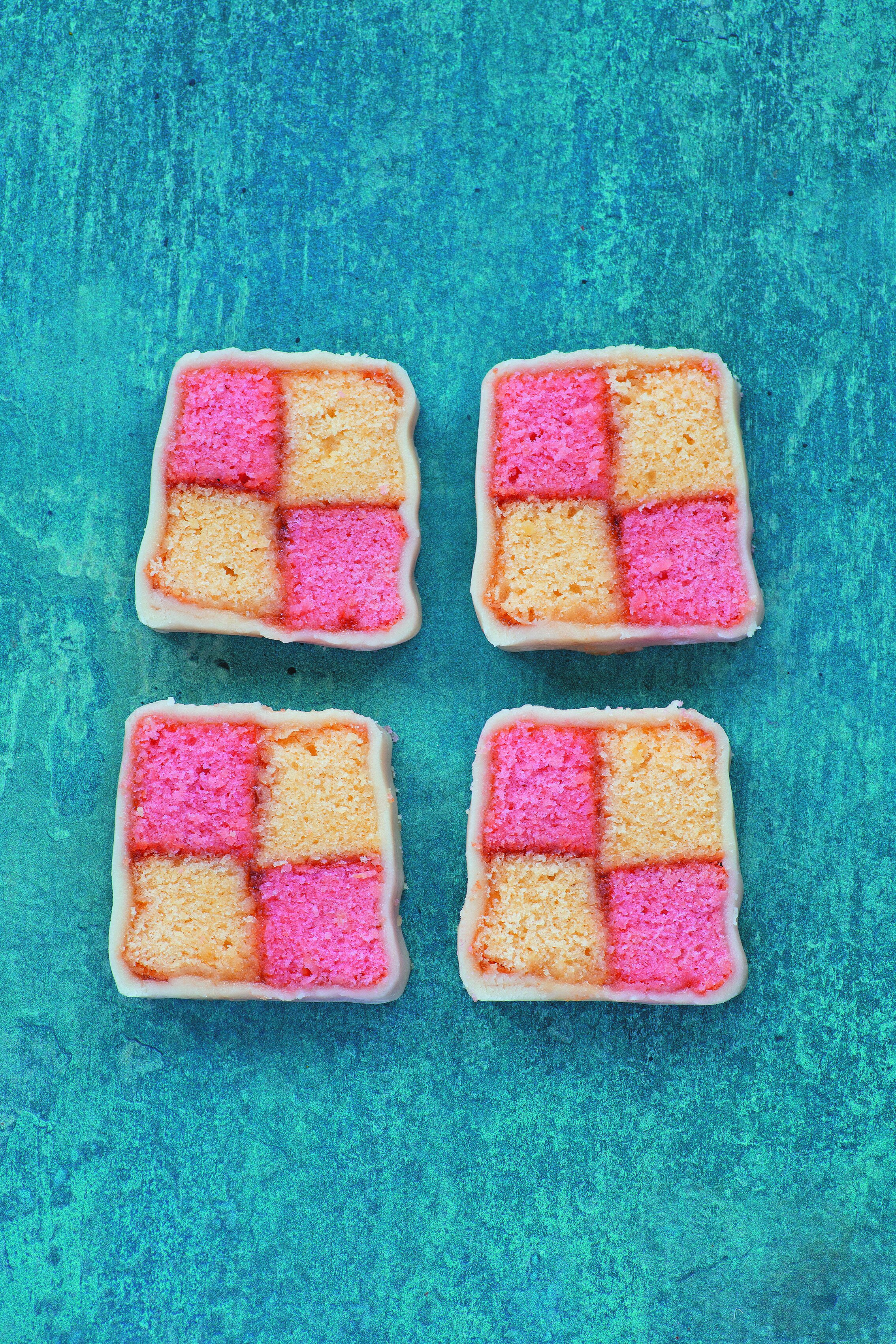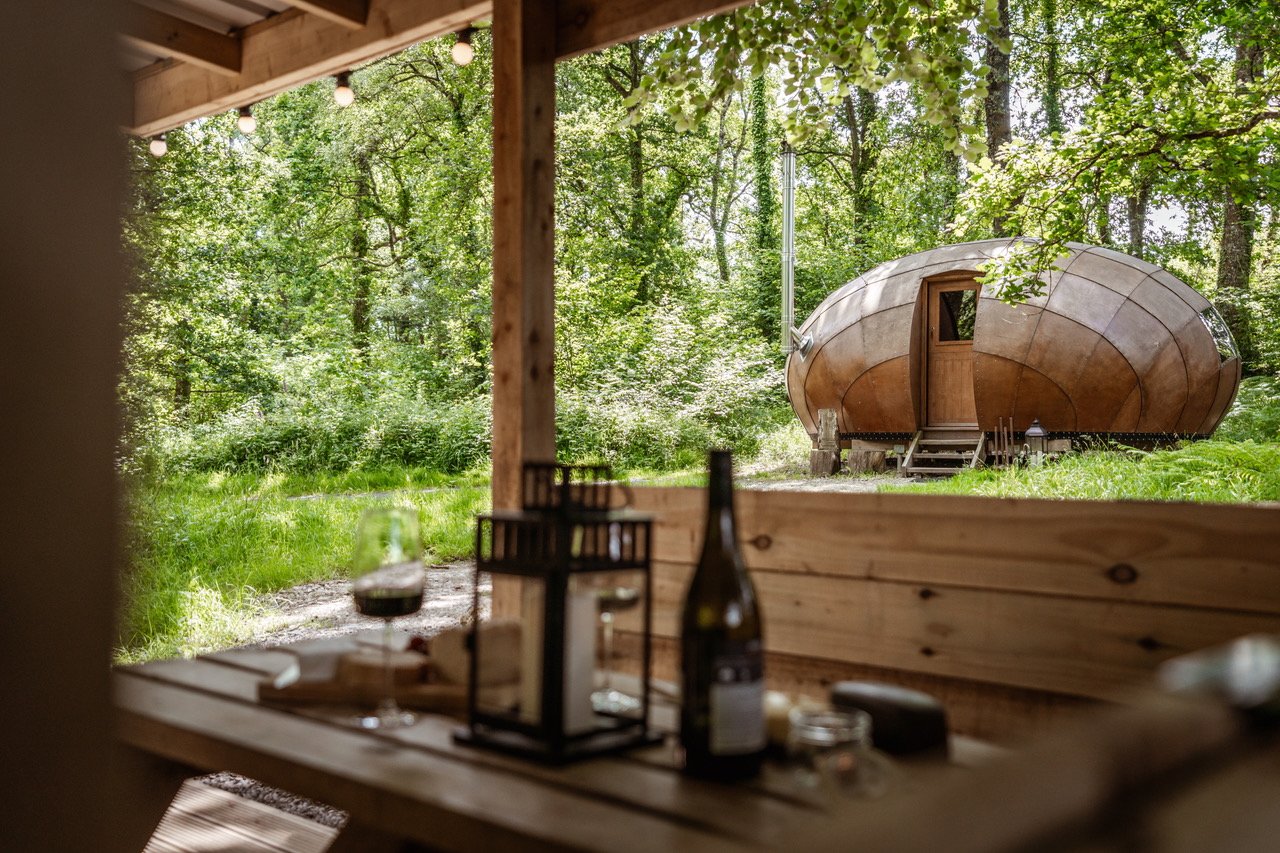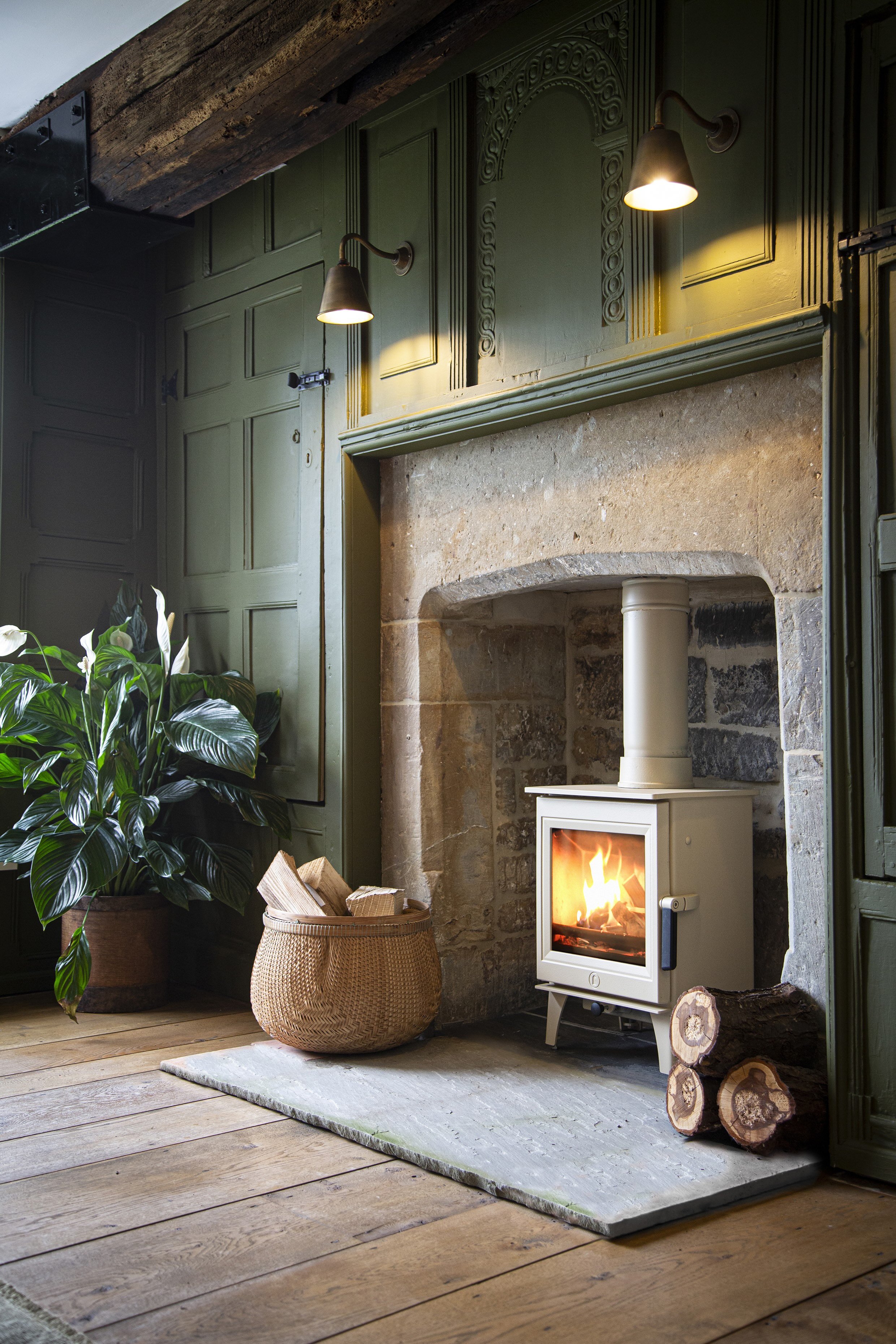A right royal retro treat for street parties and home scoffing alike.
Battenberg cake was first baked in 1884 to celebrate Princess Victoria’s (Queen Victoria’s granddaughter and Prince Philip’s grandmother – making her King Charles’ great-grandmother) marriage to Prince Louis of Battenberg. Early cakes could have as many as 25 squares!
Serves 6
You will need
125g butter, softened
125g caster sugar
2 eggs
½ tsp almond extract
100g self-raising flour
50g ground almonds
2 tbsp milk
Red food colouring (this uses Dr Oetker’s gel food colouring, nearly the whole tube)
Pinch of salt
100g apricot jam
350g marzipan
Icing sugar, for dusting
To make
1 Heat oven to 180C/Fan 160C/Gas 4. Using a triple layer of foil, make a barrier down the centre of a 20cm square tin, then line each compartment with two pieces of baking paper.
2 To make the sponge, cream the butter then whisk in the sugar a couple of tablespoons at a time.
3 Whisk the eggs and add the almond extract. Gradually beat this into the butter mixture.
4 Sift the flour, salt and ground almonds into the bowl. Finally, add the milk and carefully fold everything together with a metal spoon. Measure half the mixture and place that into another bowl. Add the food colouring a drop at a time into one of the bowls until you get a really vibrant pink batter. Carefully spoon the uncoloured mixture into one half of the tin and level the top, then spoon the pink portion into the other half and do the same. Bake for 20 to 25 mins, or until a skewer comes out clean. Allow the cakes to cool for a couple of minutes, then turn out onto a wire rack.
5 Cut each sponge in half lengthways, so that you end up with two pink and two yellow strips.
6 Warm the apricot jam in a saucepan with a tablespoon of water, then press it through a sieve. Take a pink cake strip and brush one side with the jam. Place a yellow piece next to it, jam sides facing, and push the two gently together. Brush the top surface with jam and place a piece of yellow cake atop the pink piece and vice versa with the yellow. Brush all the outside edges with yet more jam glaze.
7 On a surface dusted with icing sugar, knead, then roll out your marzipan into a 30cm x 20cm rectangle, large enough to wrap the cake.
8 Roll the cakes tightly in the marzipan, gently smoothing the marzipan with your hands to neaten it. Turn the cake back over with the seam underneath, trim a slice off each end and serve.
Taken from The Hebridean Baker: My Scottish Island Kitchen by Coinneach Macleod (Black and White Publishing). Photography: Susie Lowe
Having a Coronation gathering yourself? As well as serving up this Battenberg Cake, you could take inspiration from Royal Knees Ups of years gone by…
A Tarragon, Spinach and Broad Bean Quiche has been chosen as the official dish to celebrate for King Charles III’s coronation, but that’s the ‘official dish’ for those of us celebrating at home. The coronation banquet on the day is likely to be much more fancy.
Should you choose to push the boat out for your own celebrations, you could do worse than recreate the meal served for Queen Elizabeth II’s Coronation State Banquet on 3 June 1953.
The feast began with Tortue Claire Sandringham (clear turtle soup). Turtle is most definitely off the menu these days, so you could make it a Mock Turtle Soup instead and use beef mince. The fish course was Delices des Soles Prince Charles - easy enough to recreate, as is the rack of lamb and vegetables that followed. After that was Asparagus with Sauce Mouselline (we’re not posh enough to know why a random vegetable course appears between the main and dessert, but we’re going to assume it is called ‘The Asparagus Course’ and try it at home. Why not?) The Coronation Banquet ended with Boites de Fraises Reine Elizabeth, which we’re hoping was fancier than a punnet of strawberries, alongside assorted ‘friandises’, which we have discovered to be ‘tiny little cakes and things’.
If you wanted to go properly historical, how about a pheasant platter with pigeon and partridge, which was served at Richard III’s Coronation Banquet in 1483? He rounded it off with baked quinces and oranges for pud.
Feeling ambitious? Vegetarians should definitely look away now: Henry VIII’s coronation banquet of 1509 is said to have included swans and peacocks served with their feathers fanned decoratively, as if they were still alive. (Bet they tasted like chicken…)
Meanwhile, an entirely edible model temple made from sweet meats and marzipans as in George IV’s coronation meal, would definitely get you a Hollywood Handshake from your guests, too.
Don’t forget the entertainment. Tradition dictates that the King’s champion rides into the banqueting hall on horseback, battle ready and challenge any guests who may want to deny the King his throne to a duel. We’re not saying you need to hire an actual knight for your coronation gathering, but it would be more fun than a round of Monopoly after dinner, wouldn’t it?
You’ll find the Battenberg Cake and more ideas for a royally good gathering in our May issue.
Buy this month's The Simple Things - buy, download or subscribe







